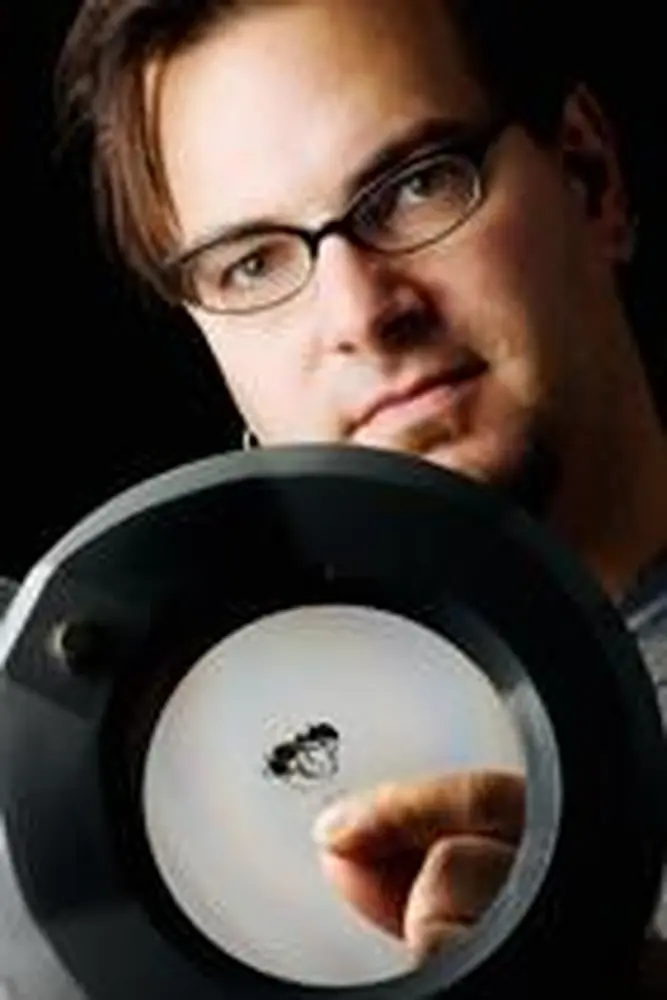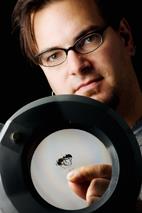

Many insects enter the United States accidentally, as hitchhikers on various plants imported in commerce, but how many really stay?
Conventional thinking says the answer is in the numbers of both insects and times they enter, but new findings to be published in the Proceedings of the National Academy of Sciences suggest that opportunity alone is no guarantee of a successful invasion.
Of 232 species of ants that entered U.S. ports uninvited from 1927 to 1985, 28 species (12 percent) now occur as established non-native species, report scientists from three universities. An important factor in the ants' success, they say, was nesting preferences.
"There are a huge number of species being moved around that don't become established, so opportunity alone isn't sufficient," says Andrew V. Suarez, a professor in the entomology and animal biology departments in LAS. "This makes sense because many of these species have specific biological characteristics that prevent them from becoming established in a new environment."
Ants that stuck around were either ground-nesting or arboreal species that did not depend solely on specific types of trees common to their native lands, Suarez says. "This kind of information is important because it's going to help us identify the characteristics that may promote the success of non-native organisms. Eventually, we can use this information to keep the new wave of invaders from becoming established."
Suarez primarily studies Argentine ants, an aggressive species that has caused problems in Southern California since arriving in 1905 and successfully establishing large colonies that overwhelm native food webs.
His work led him to the Smithsonian Institution's National Museum of Natural History, where he found a goldmine of untapped ant history. In numerous containers were mostly unidentified ants that the U.S. Department of Agriculture had captured at quarantine sites around the country. Each container was labeled with a port of departure and a port of entry. The ants had been collected from plants or plant material, mostly tropical in origin, before any of the ants had a chance to establish themselves.
Suarez, then a postdoctoral student, and colleague Phillip S. Ward, a professor at the University of California at Davis, spent years identifying 232 different species from 58 genera and 12 subfamilies from the 394 records stored at the museum. Suarez and Ward then teamed with David A. Holway, a professor of biology at the University of California at San Diego, to analyze their discoveries.
Of the 232 species identified, the researchers were able to determine definitive data on nest-site preferences of 156 species. Slightly more than half of these were tree-nesting ants, and only 14 percent of these arboreal ants (four species) became established in the U.S., probably because they weren't dependent on specific kinds of trees, Suarez says.
"As a group of introduced species, invasive ants are clearly important," Holway says. "Five species of ants, for example, are included in the top 100 worst invasive organisms by the World Conservation Union."
This National Science Foundation-funded study provides a rare look at data on "failed introductions for an important group of unintentionally introduced insects," he says. "To date, few studies on introduced insects, other than those intentionally introduced for biological control, have addressed the issue of failed introductions."
Jim Barlow
December 2005